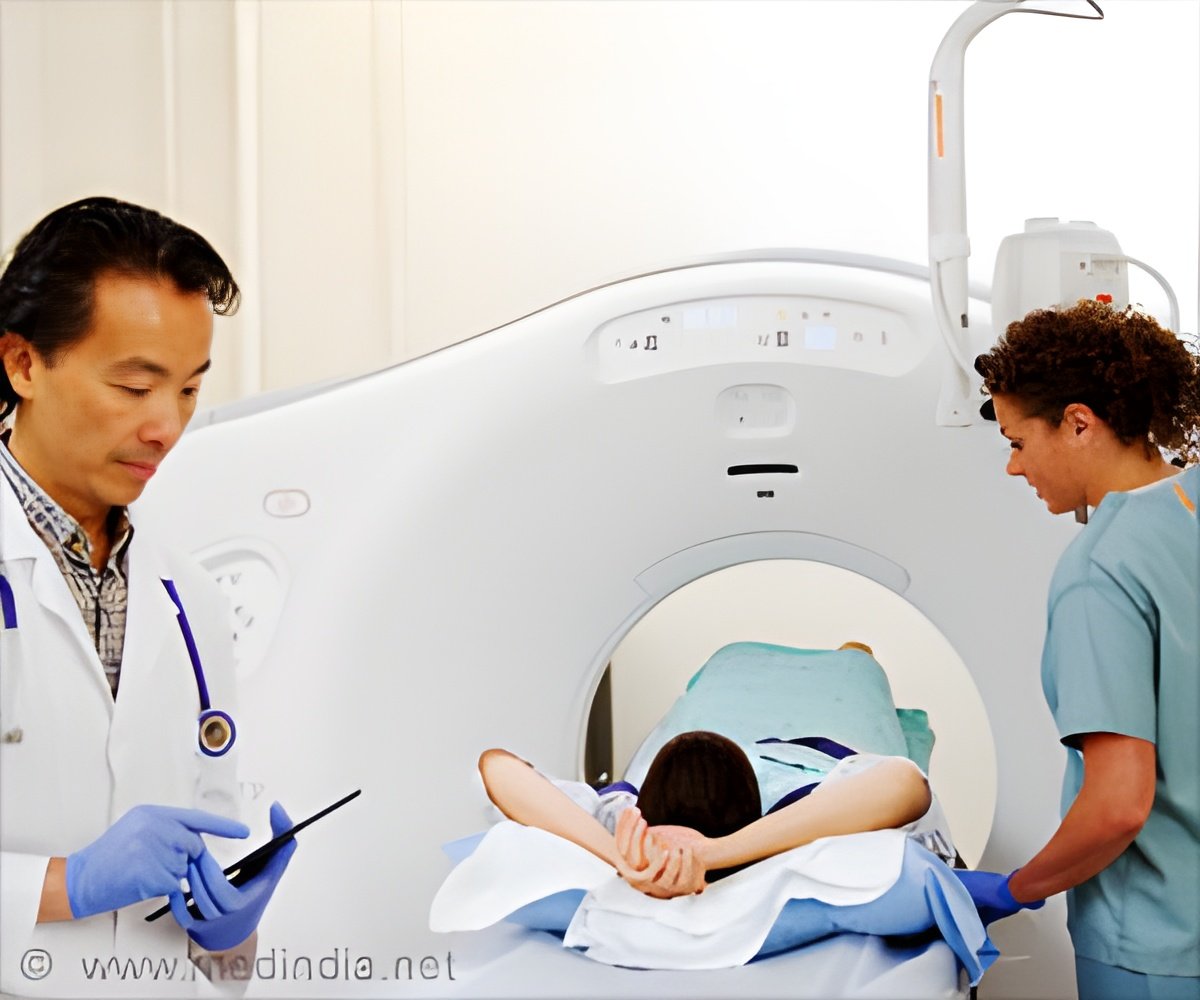Screening for lung cancer? Your lung CT scan can spot heart disease too.

Lung cancer screening with low-dose chest computed tomography (CT) not only detects lung cancer but also identifies coronary artery disease in 83% of cases, offering a dual health benefit.
As new study published in the Canadian Medical Association Journal (CMAJ) shows, these CTs can identify coronary artery calcium, a strong risk factor for coronary artery disease (CAD), in patients without cardiac symptoms (1✔ ✔Trusted Source
Prognostic importance of extensive coronary calcium on lung cancer screening chest computed tomography
).
Don’t Wait—Lung Cancer Screening Could Save Your Life
“Lung cancer screening, although primarily geared towards reducing deaths from lung cancer, also has an opportunity to help tackle the second most common cause of premature death in middle-aged adults, through the identification and risk stratification of coronary atherosclerosis,” writes Dr. Gary Small, University of Ottawa Heart Institute, Ottawa, Ontario, with coauthors.
In a study of 1486 patients screened for lung cancer between March 2017 and November 2018 as part of the Ontario Health Lung Cancer Screening Pilot for People at High Risk, coronary artery calcium was detected in 83% (1232) of patients, with high levels in 30% (439). More than half of patients (52%) were male, mean age was 66 years, and 68% (1017) were current smokers.
Low-Dose CT Scan: The Key to Early Lung Cancer Detection
As lung cancer is the leading cause of cancer deaths in Canada, screening programs across the country have introduced low-dose CT for people at risk of lung cancer. These CTs can also easily identify coronary calcification, a marker of coronary artery disease, the most common cause of cardiac death.
“If appropriate therapeutic responses are instituted, lung CT findings could affect survival from 2 leading causes of death: lung cancer and coronary artery disease,” the authors write.
The success of this pilot program will be affected by how clinicians interpret and manage findings of coronary artery calcium. However, clinicians must be aware that there could be harms such as inappropriate investigation after coincidental detection.
Advertisement
The authors urge more research into how to manage patients with coincidentally detected coronary artery calcium but suggest “continued attention to cardiovascular disease prevention is warranted and could be amalgamated into lung cancer screening initiatives to promote health.”
References:
- Prognostic importance of extensive coronary calcium on lung cancer screening chest computed tomography – (https://www.cmaj.ca/content/196/41/E1362)
Advertisement



